On the verge of life and death
Categories: World
By Pictolic https://pictolic.com/article/on-the-verge-of-life-and-death.htmlArranging a test for their movie heroes in the middle of the ocean, under the scorching sun and in the snowy mountains, many directors take a real story as the basis for the picture. Unlike actors, the heroes of these stories are not told the scenario of future events and are not explained what to do in order to survive. They have to rely only on their own strength, ingenuity and luck. These 10 stories prove that by acting to the limit of your abilities, even in the most severe battle with nature, you can avoid meeting an old woman with a scythe.

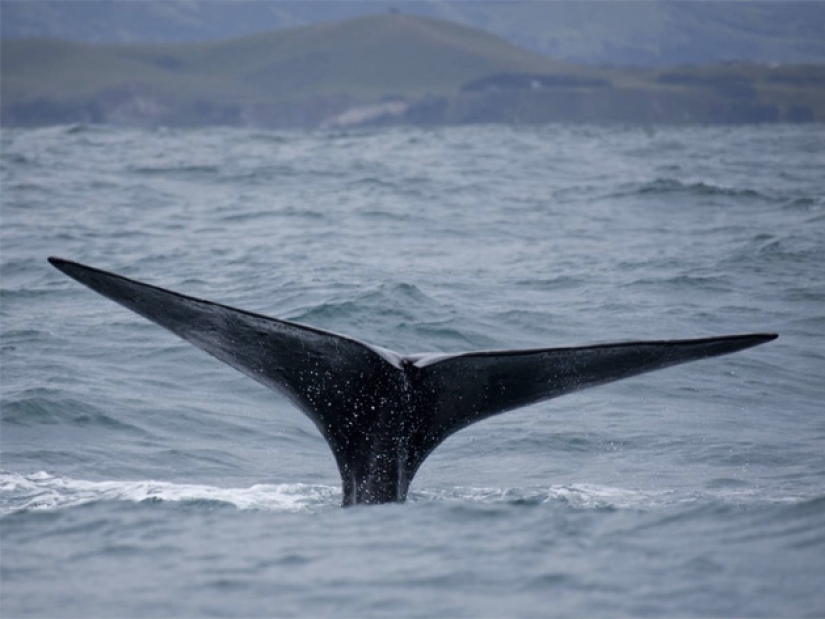
The crash of the Essex.
In 1820, the whaling ship Essex, which plied the expanses of the South Pacific Ocean, attacked a sperm whale. The ship received a hole and the ship sank. A team of 20 people managed to get into the boats, taking with them food supplies and fresh water for two days. The salvaged provisions were stretched out for a couple of weeks. After the fresh water ran out, sailors rinsed their mouths with sea water and drank their own urine. When the team was already on the verge of death from thirst, an uninhabited island appeared on the horizon.
Having exhausted almost all the resources of the island in a week, the Essex crew members decide to resume sailing in search of a new island. But the food supplies taken with them are too few for such a long journey, and one by one the sailors begin to die. In order to survive, the remaining crew members decide to eat the bodies of their dead comrades. On February 18, 1821, the British whaler Indian spotted the first boat with three remaining sailors. On February 23, the whaling ship Dauphine rescued two sailors from another boat; three sailors who wished to remain on the island were also rescued. Three crew members of the third boat died at sea.
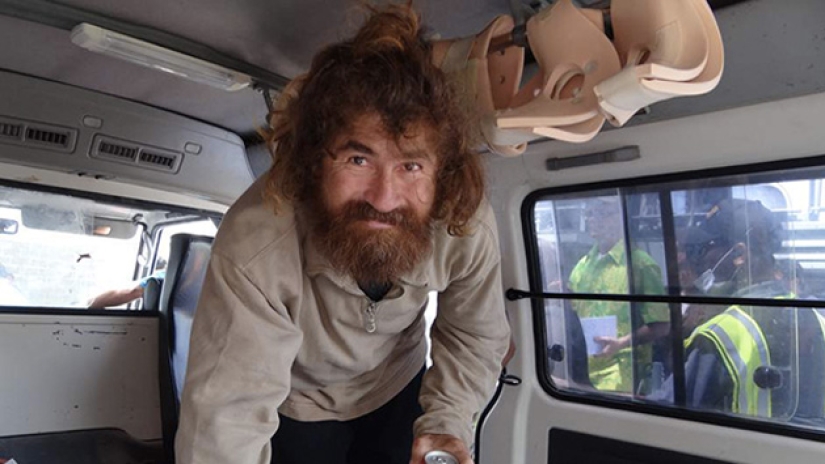
Jose Salvador Alvarenga.
In December 2012, fisherman José Salvador Alvarenga's boat was caught in a severe storm. Jose, along with his 15-year-old son, his friend was swept into the open ocean. The radio and motor on the boat were out of order, and all the fishermen could do was try to survive and hope they were found. They ate fish, sea turtles, their blood and rainwater. The body of the young man could not stand such a menu, and after 4 months he died. Jose's boat drifted in the ocean for a long time until it washed ashore - the ship carried to the Marshall Islands. The locals took José to the capital, from where he was sent home to Mexico. After returning, Jose partially lost his memory, and a number of questions related to his survival remain unanswered.
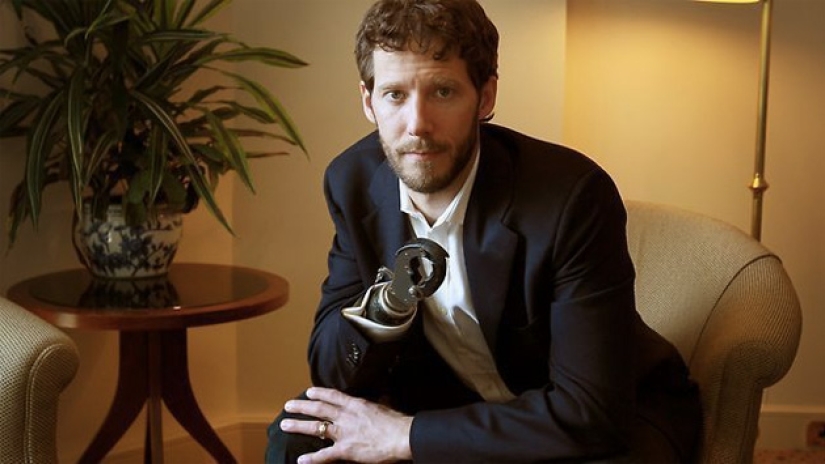
Aaron Ralston.
In May 2003, while traversing Blue John Canyon in Utah's Canyonlands National Park, Arona's hand was pinched under a boulder. After the last supplies of food and water ran out, Aaron was faced with a choice: live or die. There was only one way to get out of the trap - by cutting off part of the right hand above the wrist. With traumatic shock and the risk of severe blood loss, the climber wandered through the desert until he met tourists from the Netherlands.
Aron Ralston became the prototype of the protagonist of the film "127 Hours" directed by Danny Boyle.
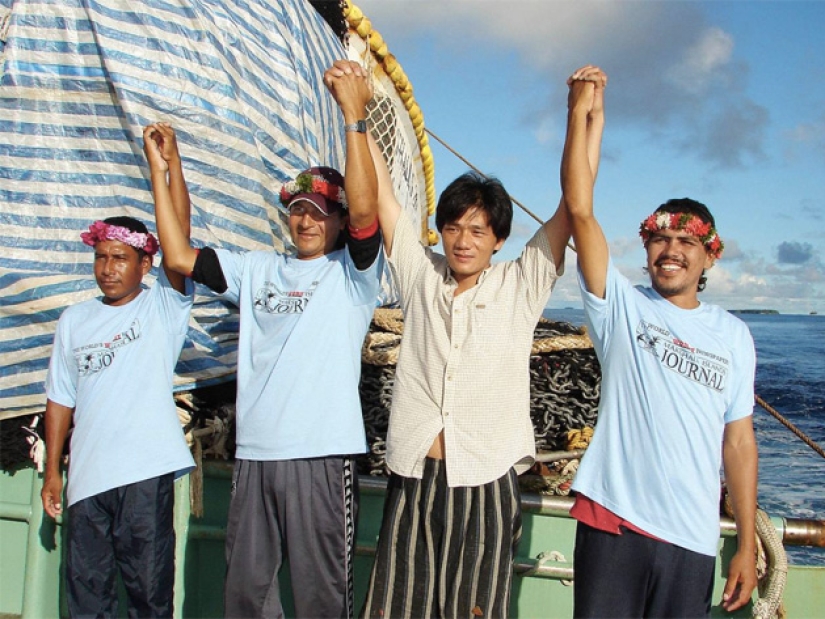
Mexican fishermen.
Jesus Vidana Lopez, Salvador Ordóñez and Lucio Rendon drifted in the Pacific Ocean for almost 10 months before they were found. They survived by eating raw fish and birds and quenching their thirst with salt and rain water. Their boat was discovered in the Marshall Islands by a Japanese fishing boat.
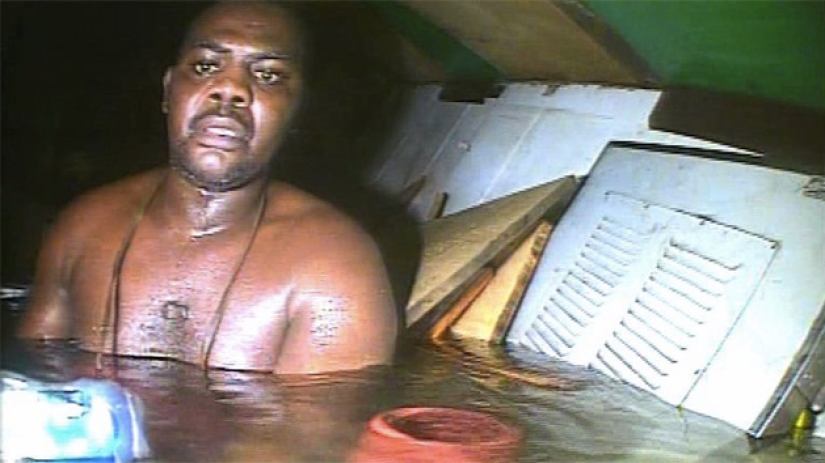
Harrison Okene.
A tugboat sank 30 kilometers off the coast of Nigeria in May 2013. All crew members were killed, except for the ship's cook. Harrison was lucky enough to be born in a shirt: he managed to find a cabin in which an air pocket formed. In it, at a depth of 30 meters, he spent 62 hours. Kok was found by divers, who were sent to search for and recover the bodies of the crew members.
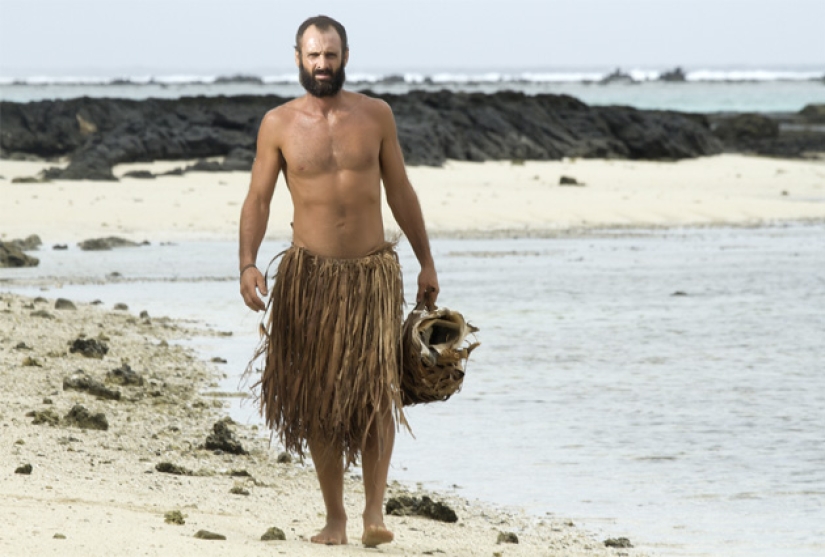
Ed Stafford
A British explorer and former captain in the British army became the first person in the world to walk along the entire Amazon River. The successful completion of a 859-day hiking expedition inspired him to a new experiment - to voluntarily become a resident of a desert island. For 60 days without tools, things and clothes, he tried to survive on an island in the Fiji archipelago. He himself documented life on the island on camera. How he managed to survive on the island and what survival skills he used can be seen in the Discovery Channel film Naked Survival.
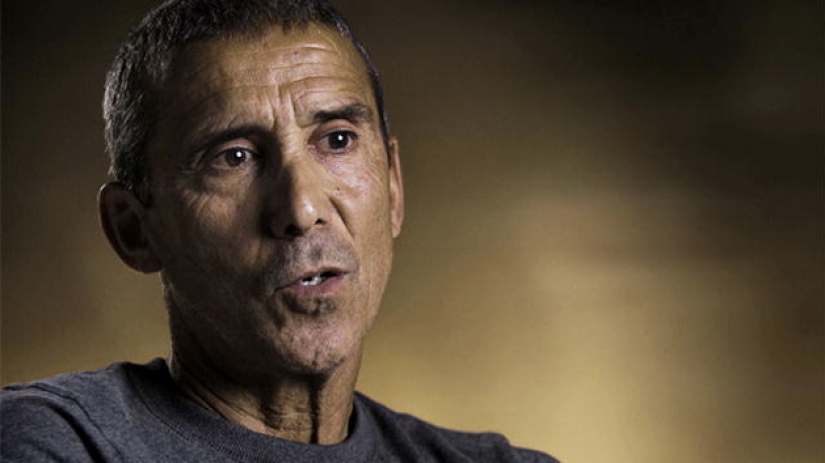
Mauro Prosperi.
During the "Marathon in the Sands" passing through the Sahara in 1994, the Italian policeman Mauro Prosperi lost his way and got lost in the desert. When he ran out of water, he decided to commit suicide by cutting his wrists. But due to the lack of water in the body, the blood was too thick and quickly clotted. Apparently, taking this as a sign, Mauro found the strength to continue on his way. After 5 days, he was found by a family of nomads.
To survive, the marathon runner drank the urine and blood of bats he found at a Muslim shrine. In total, Mauro spent 9 days in the desert. During his wanderings, he lost 18 kg.
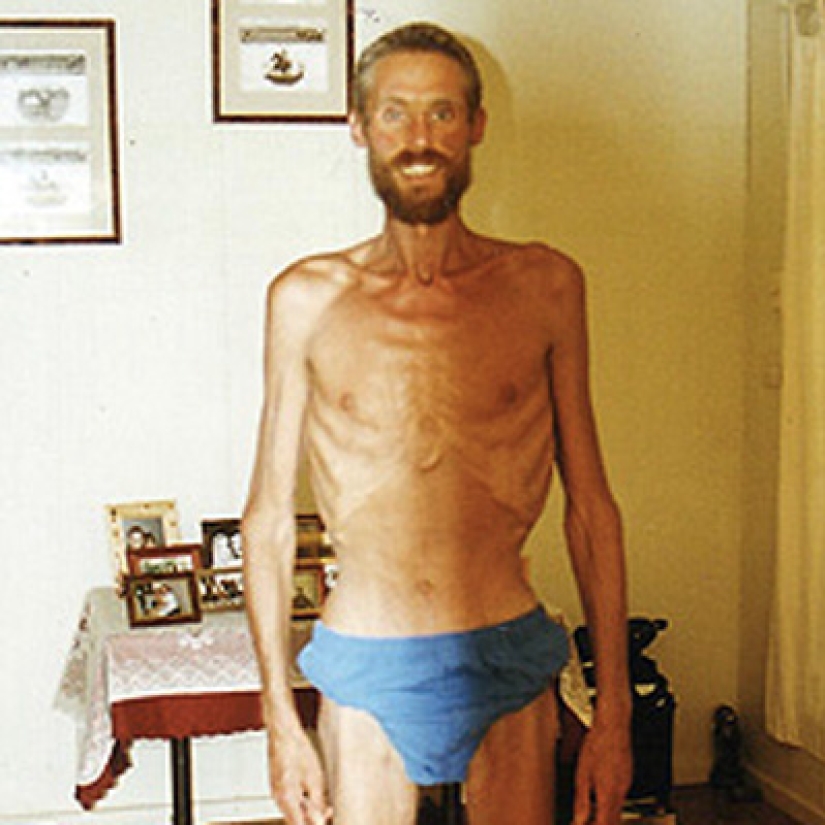
Norman Ollestad.
On February 9, 1979, during a snow storm in the California mountains, a plane crashed at an altitude of more than two kilometers. The only survivor of the plane crash was 11-year-old Norman. Despite his age and lack of help, he managed to get down the mountain.
After 30 years, Norman wrote the book Mad About the Storm, in which he spoke in detail about the events of those days and how he managed to survive.

Ricky Mega.
In 2001, Australian farmers found a man who looked more like a skeleton covered in leather. He did not really remember how he ended up alone with nature, and his memories were incoherent fragments: here he was driving through a sparsely populated area in a car, but here he was lying face down, sprinkled with earth, and a flock of dingoes rushed around him. For several days he wandered in search of people, until he finally decided to stop. He built a hut in which he lived for the next 3 months, eating grasshoppers, leeches and frogs.

Stephen Callahan.
In the fall of 1981, on a boat built by himself, Stephen got into a severe storm. The raging elements deprived him of his boat, and Stephen was left to drift on a life raft less than 2 meters in size. From the sunken boat, he managed to grab a sleeping bag, an emergency kit, a drinking water apparatus and Dougal Robertson's guide to survival at sea. The unplanned "cruise" lasted 76 days, until on April 20, 1982, the raft washed up on the island of Marie Galante, where Stephen was found by fishermen.
Keywords: Survival | Life | Death
Post News ArticleRecent articles

Most of us think that the color of the eggshell does not play any role and it is possible not to pay attention. But it's not and ...

The more we rely on technology, the more potential power hackers gain over us. It doesn't matter if their goal is to help or cause ...
Related articles

It is not 100% to say that tomorrow is with us nothing bad will happen, because often life throws up surprises when least expected. ...

Who does not know the greatest French singer, whose songs have become world hits, and she herself is an example for millions to ...

Millions of people around the world buy lottery tickets in the hope of winning a happy life. They dream of luxury cars, luxury ...

Creating a good portrait is one of the most difficult tasks for any photographer. In order to make a really natural and memorable ...